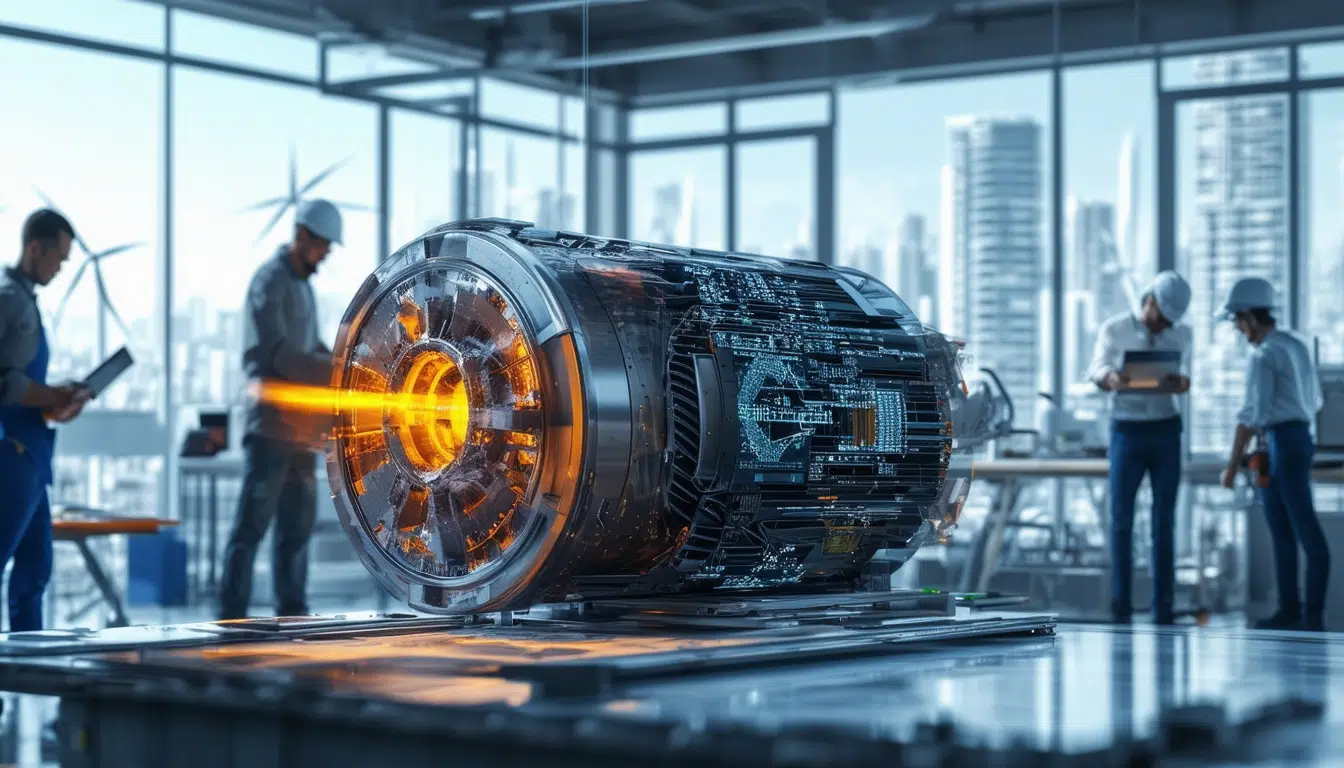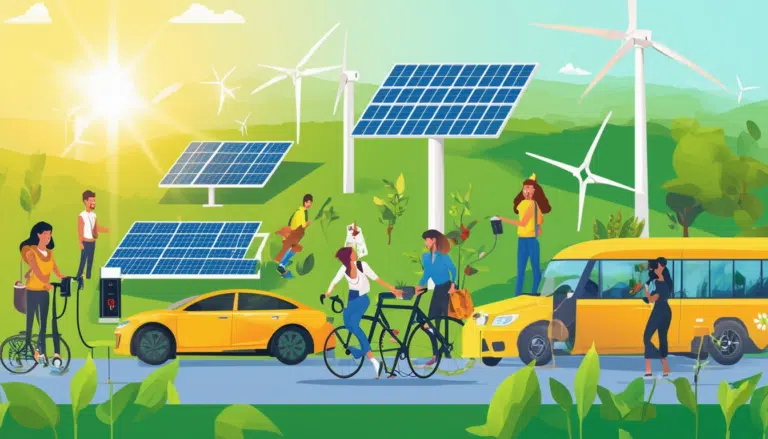Challenging the boundaries: The development of an innovative electric motor without relying on China

In a world where the dependence on rare earths is almost inevitable for the creation of electric motors, a revolutionary initiative rises to challenge this established norm. Researchers from Texas A&M University have innovated a motor that eliminates the need for these scarce and costly materials, largely controlled by China, thus fostering a more sustainable and competitive solution in the tech industry. By using more readily available materials like copper, this new design promises to transform the landscape of renewable energies and electric vehicles, marking the start of an era of greater independence and global stability.
The electric motor industry is undergoing profound transformations. Driven by the growing demand for sustainable vehicles and technologies, it faces the challenge of dependence on rare earths, primarily controlled by China. A team of researchers, led by Dr. Dorsa Talebi, Professor Hamid Toliyat, and student Mehdi Seyedi from Texas A&M University, has developed an electric motor that breaks this dependence by using copper instead of neodymium magnets.
The Dependence on Rare Earths and Chinese Dominance
The rise of electric motors, fueled by the demand for vehicles and wind turbines, has been hampered by the dependence on rare earths. These materials, essential in the manufacture of motors, present an added difficulty due to their high cost and the scarcity of their reserves. Moreover, China’s control over the supply poses economic and security challenges for other regions of the world.
The Development of a Rare Earth-Free Electric Motor
In the face of this problem, a team from Texas A&M University has decided to break with the existing paradigm. This innovative electric motor uses copper instead of permanent neodymium magnets in the rotor. By replacing these components, the motor not only becomes more accessible and cost-effective but also eliminates the dependence on rare earths.
Advantages of a Copper-Based Motor
Copper is much more abundant and less expensive than rare earths. With this strategic substitution, the team has reduced production costs and eliminated a critical component from the supply chain, thus mitigating dependence on foreign markets. Talebi, a team member, highlighted that, in addition to the economic benefits, this innovation has a significant impact on sustainability.
Testing and Promising Results
The Texas A&M team has not only worked on the theory behind their design but has also built a functional prototype. The simulations and tests conducted have shown that the motor offers a power-to-weight ratio comparable to models that use rare earths.
Applications Beyond the Automobile
The potential of this motor is not limited solely to cars. The developed technology can also be applied to wind turbines and transportation systems, among others. This versatility could broaden its global impact, promoting the integration of sustainable solutions in various fields.
The project has received funding of $500,000 through Texas A&M’s ADM Innovation Award program, and with patents in process, the team plans its commercialization, aiming to establish its own company to expand its manufacturing and distribution.
An Advance Towards Sustainability and Autonomy
The creation of this rare earth-free electric motor opens the doors to an era of greater autonomy in motor manufacturing. With initiatives like this, the dominance of China over the rare earth market begins to be challenged, bringing us closer to a more sustainable future in technology and industrial production.
Financial Impulse and Future Perspectives
The project is already gaining attention for its innovative and environmentally friendly approach. The significant funding they have received is a sign of confidence in its viability. In the future, they could see this motor expanding into other sectors of renewable energy, leveraging its competitive design and eco-efficiency.
This advancement could mark a radical change in how electric and renewable technologies are perceived, underscoring the possibility of reducing dependence on scarce resources without compromising efficiency or functionality.
Redefining Technological Independence in Electric Motors
The development of a rare earth-free electric motor represents a significant advance in the quest for independence from the supply chain controlled by China. This innovative design, led by Texas A&M University, challenges the status quo by eliminating the need for critical materials that have historically been expensive and difficult to obtain. By employing copper instead of neodymium and other components, this new motor not only offers a more sustainable alternative but also promises to be economically viable.
The innovation does not stop here. The potential applications of this motor transcend the automotive sector, extending to wind turbines and transportation systems, suggesting a global impact involving various fields of renewable energy. By dismantling dependence on foreign lands and questionable mining practices, the development of this motor stands as a testament to what can be achieved through nationally oriented innovation towards sustainability.
The project has secured significant financial backing, highlighting the importance of investment in research and development to create competitive alternatives to traditional practices. With patents in process, it is expected not only to revolutionize the electric motor industry but also to foster the creation of a company that will enhance the industrialization and distribution of this innovative motor.
The collective effort of Dr. Dorsa Talebi and her team not only addresses the current problem of dependence on Chinese supply but also inspires other institutions and companies to take bold steps towards a future less reliant on globalized supply chains. In an era defined by the need for sustainable and self-sufficient solutions, this advancement marks a milestone in redefining technological independence and international competitiveness in the realm of electric motors.


